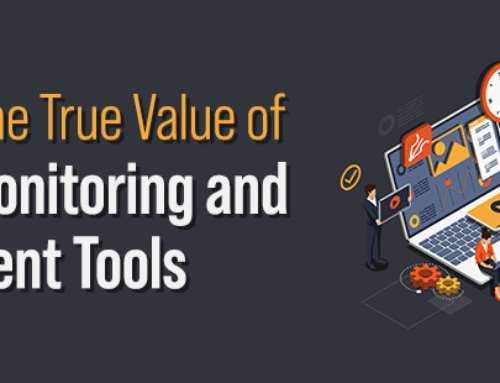In today’s technology-driven world, the role of a managed service provider (MSP) in supporting a business’s ability to leverage that technology is more critical than ever. That vital role means that MSPs are often busier than ever before, requiring them to optimize their resources to deliver the technology and services their customers need.
The added challenge is that, while the role of an MSP is more essential than ever, the MSP itself is facing new difficulties in finding the resources it needs to provide for its customers. In particular, a shortage of IT and technology talent, reported in some cases at an estimated six million unfilled positions in the United States by 2030, means that it can be difficult for an MSP to find the employees it needs (or if they can find them, that they are incredibly expensive to bring on board).
For this reason, many MSPs are turning to technologies like automation to support their needs and augment their existing teams. Automation can play an essential role in streamlining some of the routine tasks that an MSP does every day, offloading these often time-consuming or repetitive tasks from its technicians and service employees and freeing them up to do more strategic, value-add tasks and projects for customers. In doing this, the MSP can increase the efficiency of its operations, cut costs, and increase the value it provides to customers by focusing on more strategic or important projects. Additionally, automation can increase technician happiness by offloading tedious tasks and moving them to more challenging and exciting projects.
There are many places that an MSP can look to implement automation. Automation, for instance, can help significantly with remote monitoring and management, leveraging the MSP’s RMM tool to automatically supervise the customer’s environment and alert the MSP to any potential issues. This allows the MSP’s teams to focus on the issues that matter rather than looking for the needle in the haystack themselves.
Automation can also help an MSP with many of the tasks it does to improve and secure a customer’s environment. For instance, automation can be leveraged to update devices, operating systems, and applications to the latest version or implement cybersecurity patches across the environment. While doing these tasks manually would take a significant amount of time, automation can help speed the process for technicians.
The reality is that the demand for MSP services isn’t going anywhere any time soon — if anything, the need for MSPs is only on the rise. With that said, an MSP must figure out how to make the most of the resources and tools available to them, such as automation, to ensure they can tap into the market potential for their services and ensure a prosperous future for their business and their customers.




